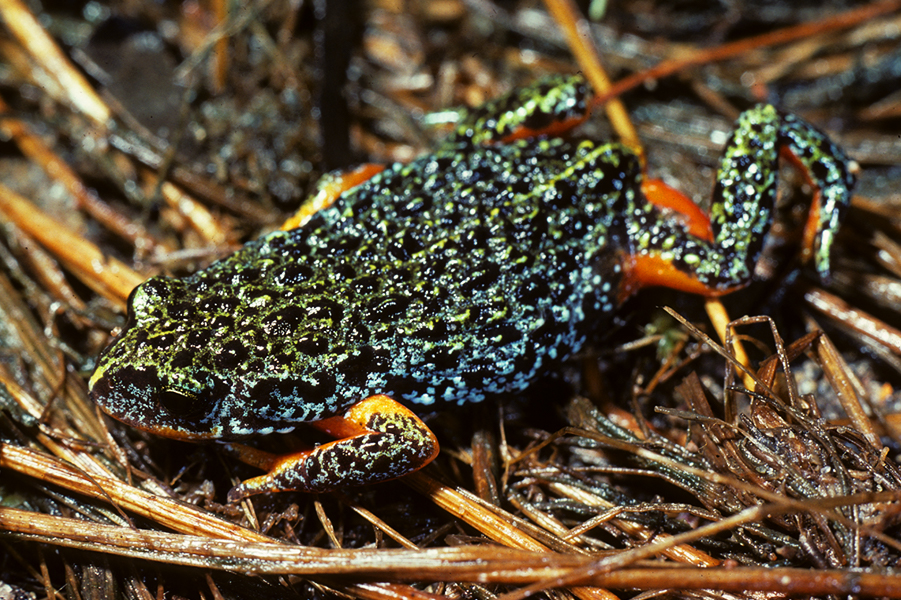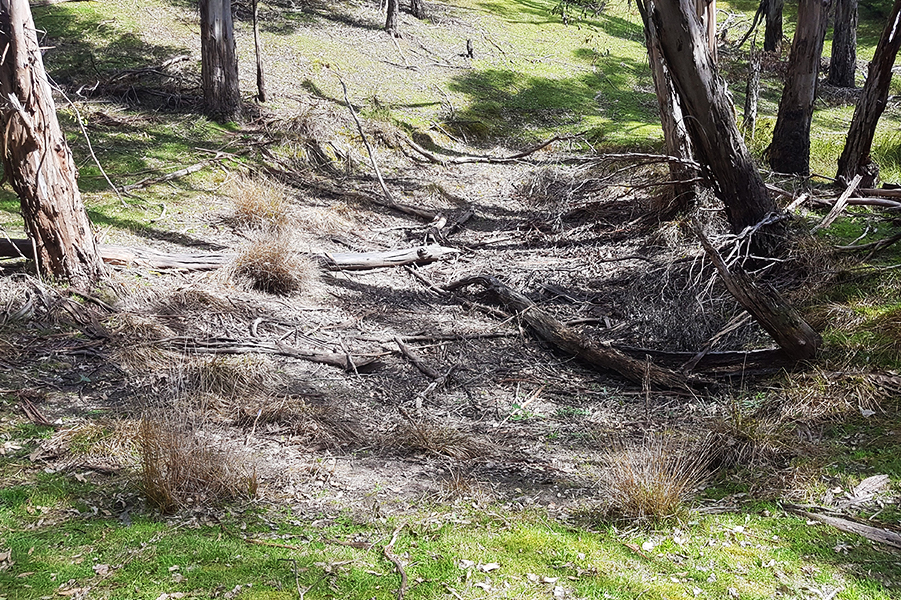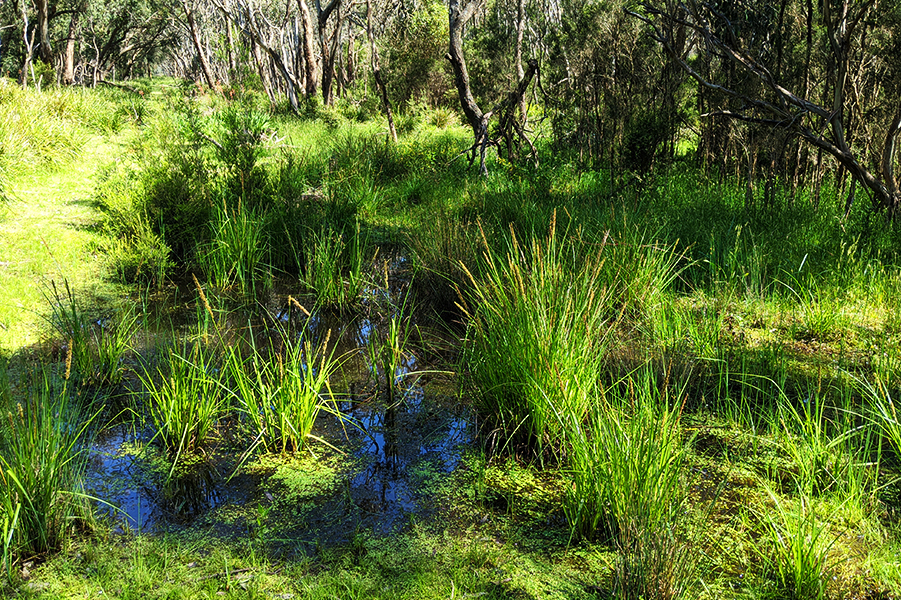Monitoring Southern Toadlet sites across Melbourne
Southern Toadlet populations are declining across the Melbourne region. A monitoring blitz was undertaken to provide greater certainly about where populations were still present so that greater effort can be made to protect, maintain and expand these.

Why are Southern Toadlet populations declining?
Southern Toadlet (Pseudophryne semimarmorata) is a vulnerable species of autumn-breeding brood frog in the Melbourne region. Its reliance on specific conditions for breeding success, as well as impacts from climate change and issues such as habitat loss has led to a significant decline across its southern eastern Australia range. It is now thought to occur in only a few locations in small numbers across Melbourne, and has disappeared from many catchments within the region.
The decline in this key frog species was highlighted within the 2018 Healthy Waterways Strategy. Its absence or significant decline is symptomatic of the issues facing urban and non-urban waterways such as climate change and fragmentation of increasingly small populations.
Community monitoring flagged a significant decline
Community Frog Census volunteers have monitored Southern Toadlet populations at a number of sites in Greater Melbourne since 2009. In 2017, frog monitors reported a perceived decline in numbers of calling males and an unseasonal drying of breeding ponds used by the species.
Unseasonal or early drying of ponds was a cause for concern, as retention of water for an insufficient period would not permit tadpoles to complete development. A decline in distribution across the region was also suggested by a comparison made to historical frog data.

Monitoring blitz
In 2018-19, ecological consultants were engaged by Melbourne Water to undertake population surveys at known habitat sites in south-east and north-east Melbourne. Citizen scientist volunteers along with students from Holmsglen TAFE and staff at Parks Victoria and Nillumbik Shire Council were involved to help with the monitoring. This comprehensive survey established a baseline of data for key sites, as well as a monitoring and habitat assessment methodology. It also confirmed the absence of the species from many historic sites.

A cross-organisational working group of Melbourne Water staff, community members, Department of Environment, Land, Water and Planning, Parks Victoria, local government and consultants meet to discuss the survey results and what management activities might help support this vulnerable species.
In an effort to stabilise the decline and protect remaining key populations in waterways and wetlands, Melbourne Water has dedicated funding to be used at key sites in the Dandenong and Watsons Creek catchments.
The funding will be used for investigations, habitat creation and enhancement and protection activities. Works will start in 2020/21 and will be focused on establishing methods for creating habitats and methods for providing environmental water to breeding ponds.